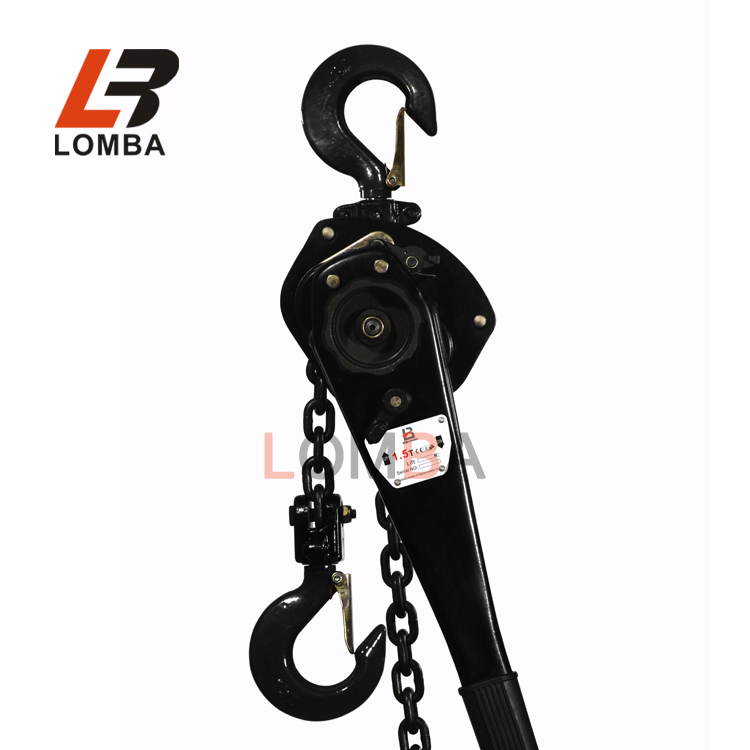Advantages And Disadvantages Of Lever Hoists
Lever hoists play an integral role in lifting heavy objects efficiently and safely. In this article, we'll explore the advantages and disadvantages of lever hoists and take an in-depth look at their operation.

Advantages of Lever Hoists:
1. Simple structure: The lever hoist has a relatively simple structure, consisting of a handle, pin, sprocket, hook, etc., which is easy to repair and maintain.
2. Portability: Compared with other lifting tools, the compact size and lightweight design of the lever hoist make it an ideal choice for on-site and off-site applications. You can transport them to various work sites effortlessly without the need for bulky machines.
3. Low price: The price of the lever hoist is relatively low, which is suitable for some small or temporary occasions, and is conducive to reducing costs.
Disadvantages of lever hoists:
1. Small load-bearing capacity: The load-bearing capacity of lever hoists is usually smaller than that of other lifting tools, which limits its scope of use.
2. Low work efficiency: The operator needs to manually turn the handle, which is slower than the electric hoist and other equipment, and has low work efficiency for some large projects.
3. High work intensity: Since the lever hoist needs to be manually operated, it consumes a lot of the physical strength of the operator, and it is easy to get tired after using it for too long.
To sum up, the lever hoist has the advantages of simple structure and easy use, but it also has disadvantages such as small load-bearing capacity and low work efficiency. Users should choose the lifting tools that suit them according to actual needs to ensure work efficiency and safety.